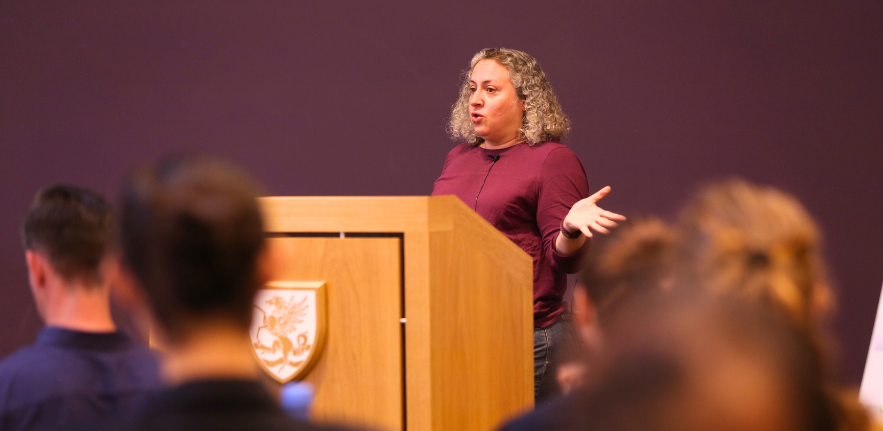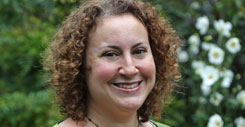
28 February 2024 – Dr Kayla Friedman, Course Director for the Master’s and Postgraduate Certificate in Interdisciplinary Design for the Built Environment (IDBE), explores what leadership means and looks like in the context of a sustainable built environment.
It is not unusual for people to ask me about what leadership is or what leadership means or what leadership looks like given that I work at the Cambridge Institute for Sustainability Leadership and help run our Sustainability Leadership postgraduate programmes. Like many of today’s buzz words, ‘leadership’ has in some ways lost its impact, and almost certainly lost its clarity. However, that doesn’t mean it doesn’t matter, or isn’t a feature of professional life. So, what does leadership mean and what does it look like in the context of a sustainable built environment?
Leadership of course comes in many forms, which is part of the challenge of defining it. On our Sustainability Leadership for the Built Environment programmes we often focus on the concept that every individual, regardless of their position, has opportunities for leadership. This type of personal agency relies on self-awareness, the ability to collate evidence, and the use of negotiation and communication skills as levers to achieve both influence and impact. When something happens, that wouldn’t have happened without your input, then you have been a leader. It may not feel monumental, and it may have been brief, but in that one moment that you have brought forward some idea, some piece of information, or some decision that changed the direction of others- then you have demonstrated leadership. Particularly within built environment contexts which rely on the collaboration and cooperation of many different skills and disciplines, there are ample opportunities to influence, impact, or change the direction of projects.
So then, what does sustainability leadership look like? Building on the previous example, it means influencing, impacting, or changing the direction of projects towards more sustainable and resilient outcomes. How does one do that? There are many factors to consider. First, you need confidence and drive to want to make this change. How do you know it’s the right thing to do? What evidence have you collected? Then you need to understand who needs to be convinced - how do you get consensus on this idea? Who needs to be told what, and how will you persuade them that your proposed course of action is the best one? It often means understanding the needs and positions of others. Within the built environment as an industry, this is not always common. In fact, our industry is unfortunately known for its ‘Vicious Circle of Blame’ - where stakeholders pass the responsibility onto someone else for making a difference. However, opportunities to break the vicious circle are in fact opportunities for leadership moments to step forward and to do something differently. Our industry needs motivated individuals who are willing to do something differently or we will continue to be caught in the cycle of just getting what we’ve always gotten.
Linked to the opportunity for leadership that each individual professional has, is the role of their organisation in supporting or suppressing leadership behaviour. A subset of my students always come to our programmes when they have had enough professional experience to be vaguely dissatisfied with the status quo. They want something different but are unsure how to get it. Through our programmes we help to empower them as individuals and they are either embraced and supported in that change to help transform their existing organisations, or they may use their newfound confidence to find an organisation that better supports their ambitions. Skilled professionals, and particularly those with knowledge and abilities around delivering sustainable projects are in demand. Yet too many of my students have told me that their place of work has not been supportive of adopting more sustainable business practices when push came to shove. These students are more likely to find new places of work that better align with their purpose, and the organisations they have left behind are poorer for their loss.
What does leadership mean? It means making a difference. It’s about bringing people with you. It’s about your own choices and actions, and it’s also about supporting your colleagues, peers, and collaborators when they step forward to make a difference. We can absolutely change our industry if we empower ourselves and each other to do better - one decision at a time.





